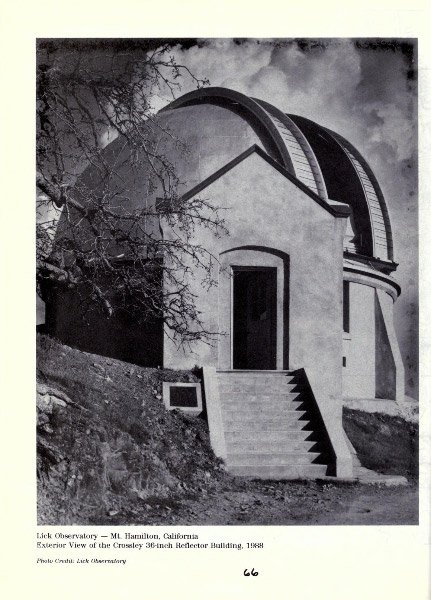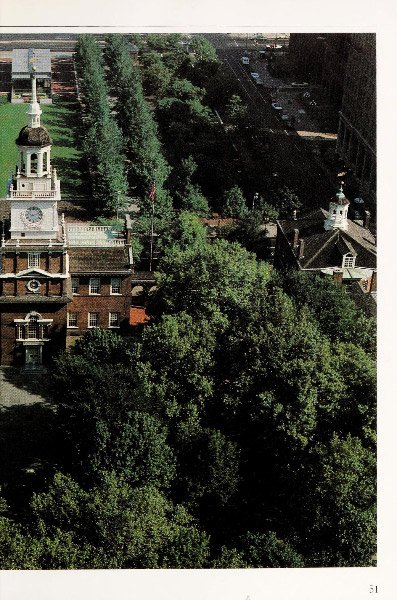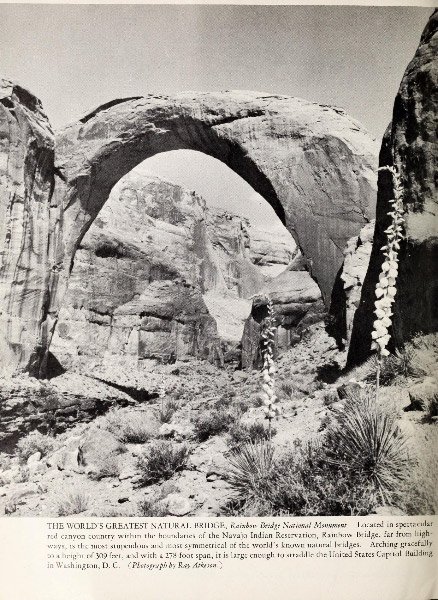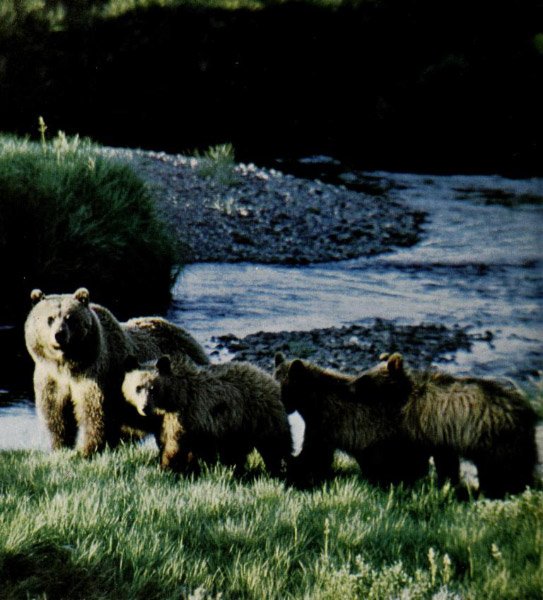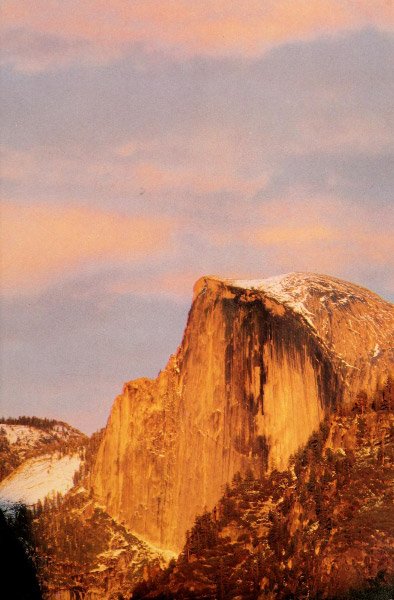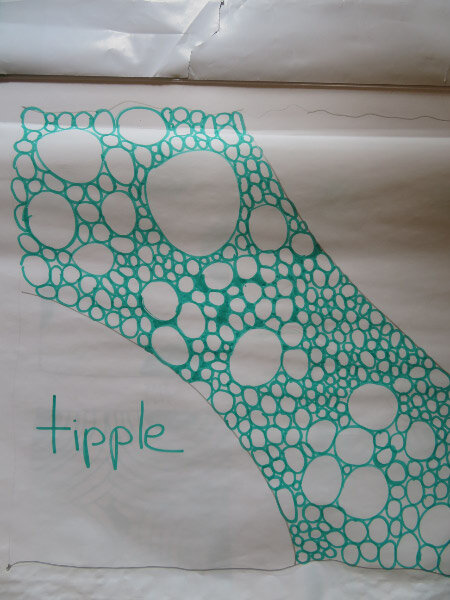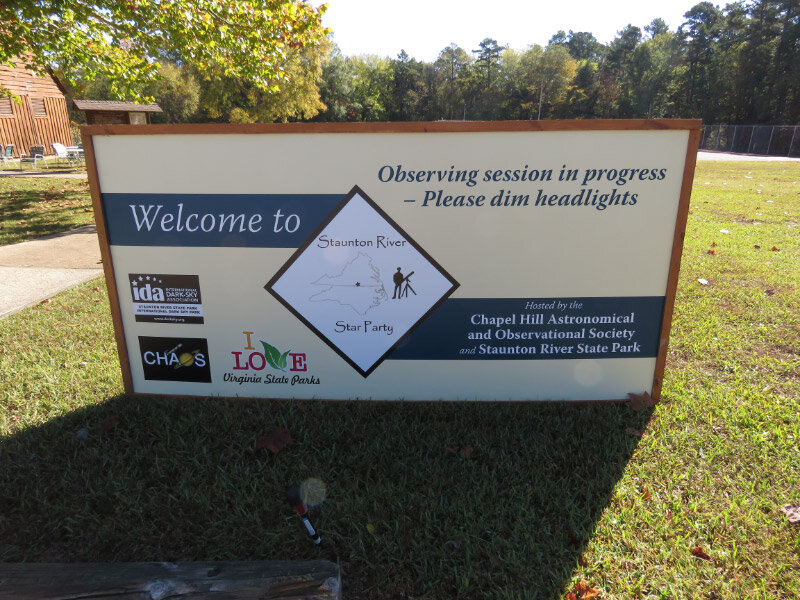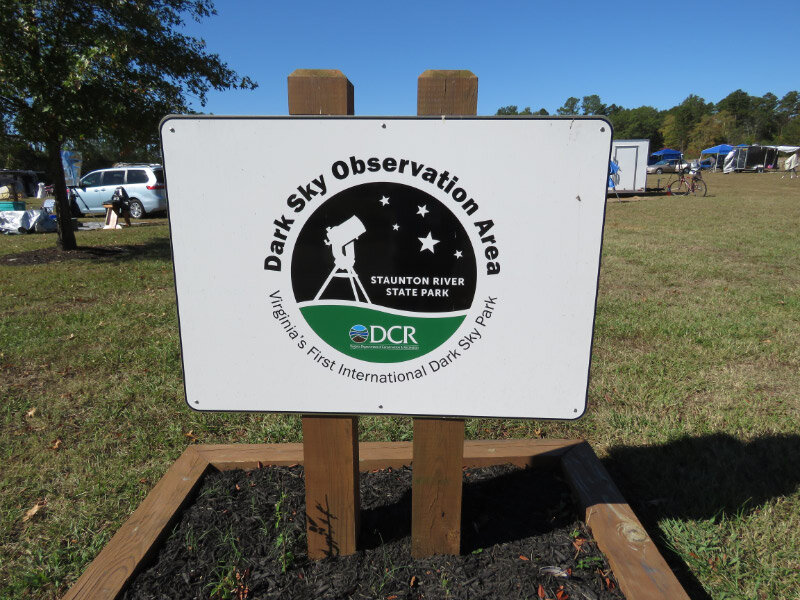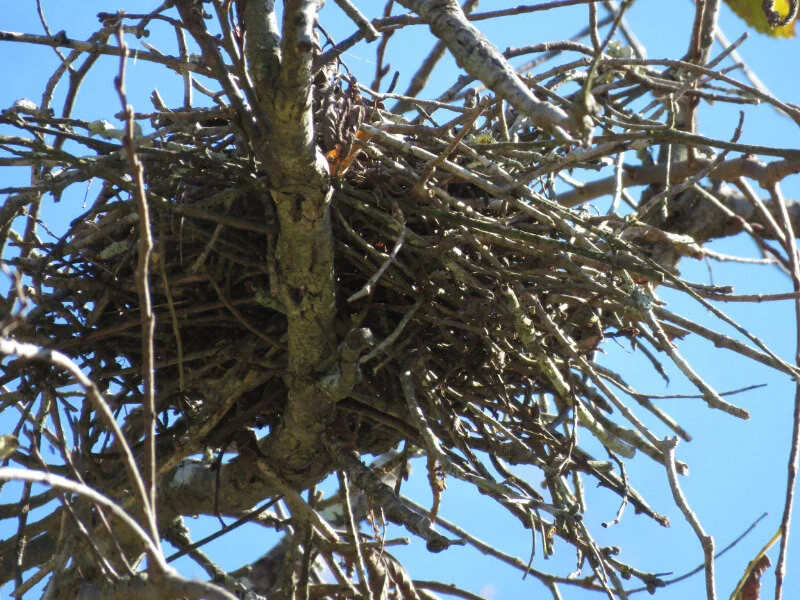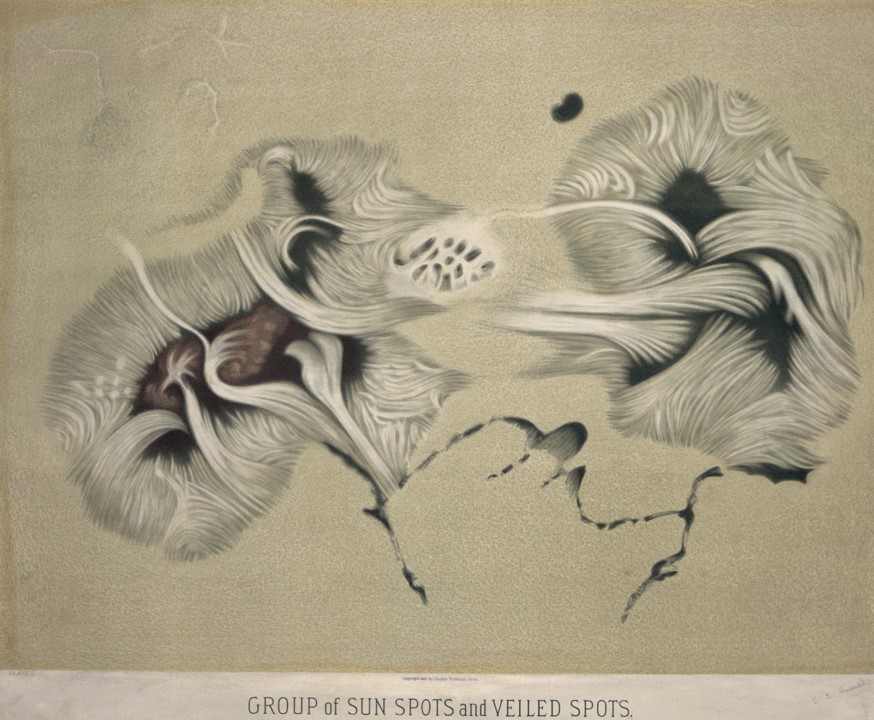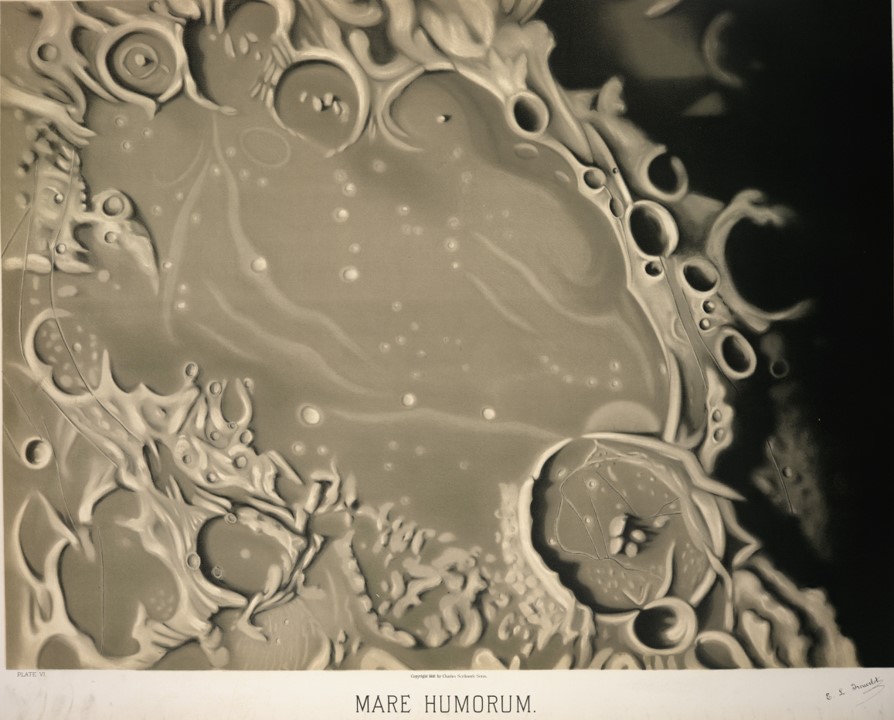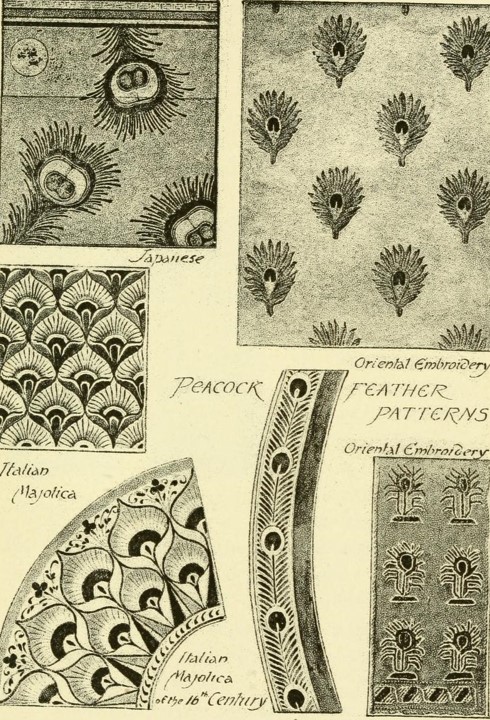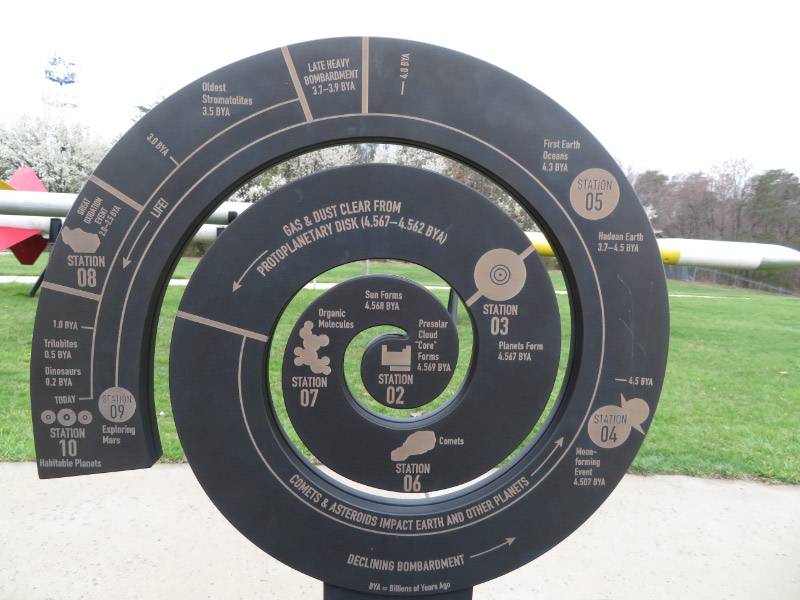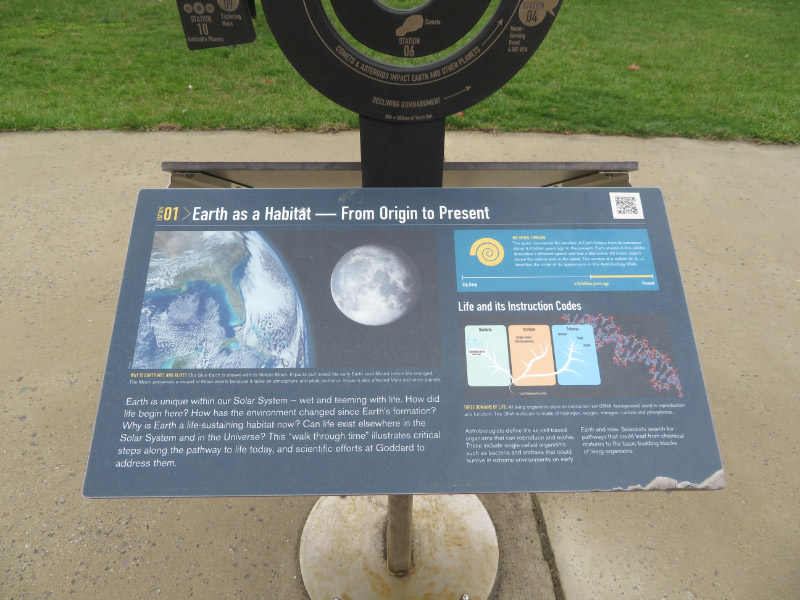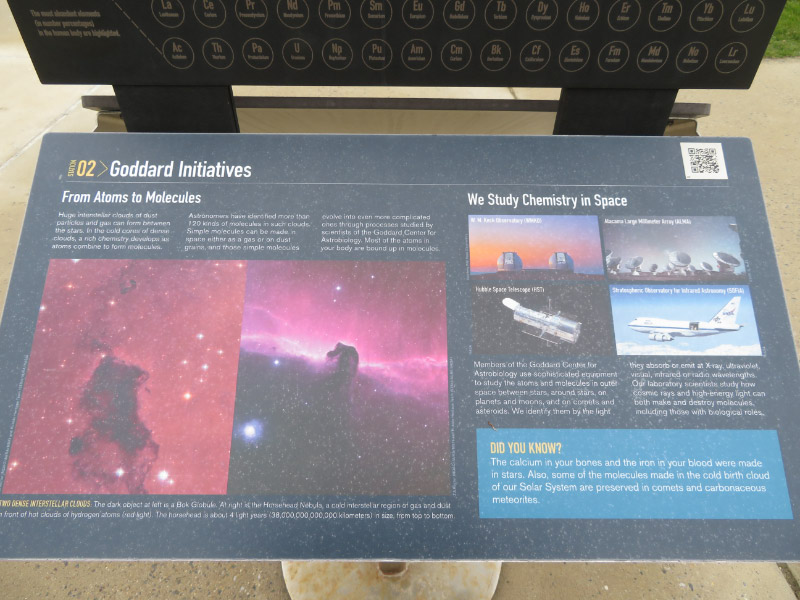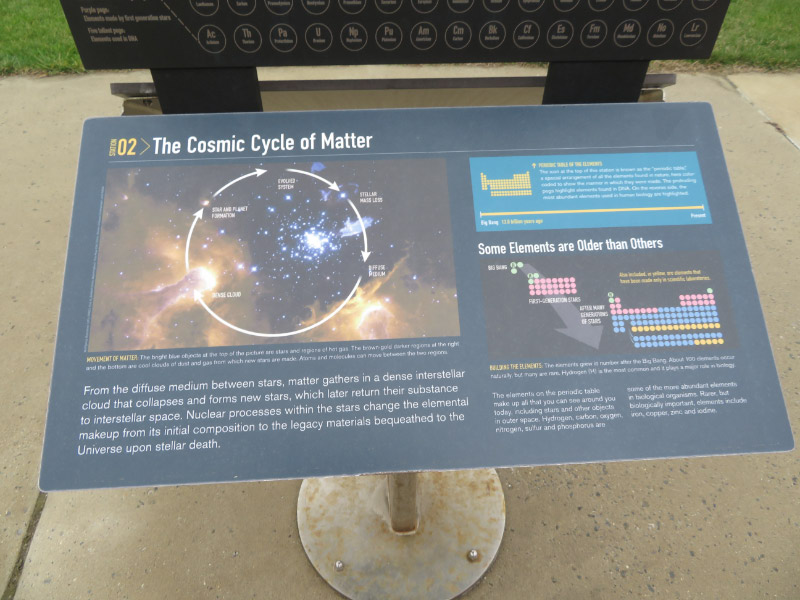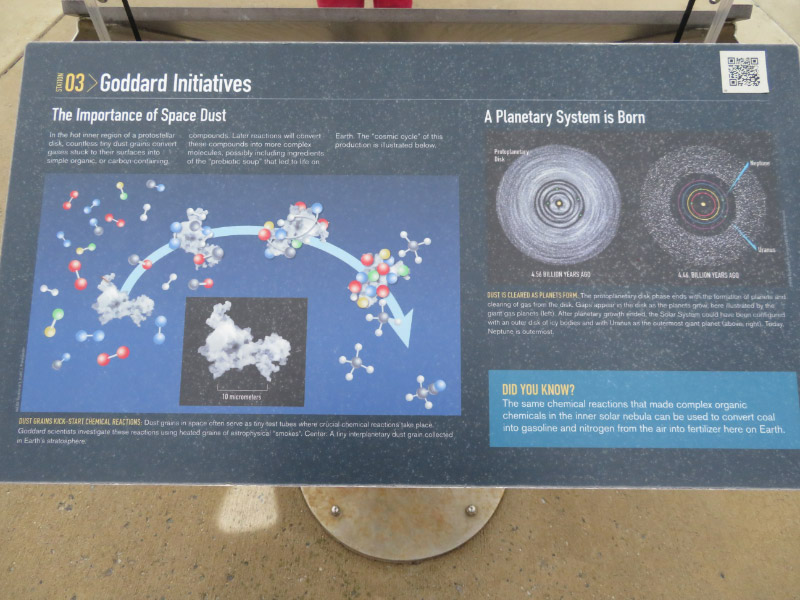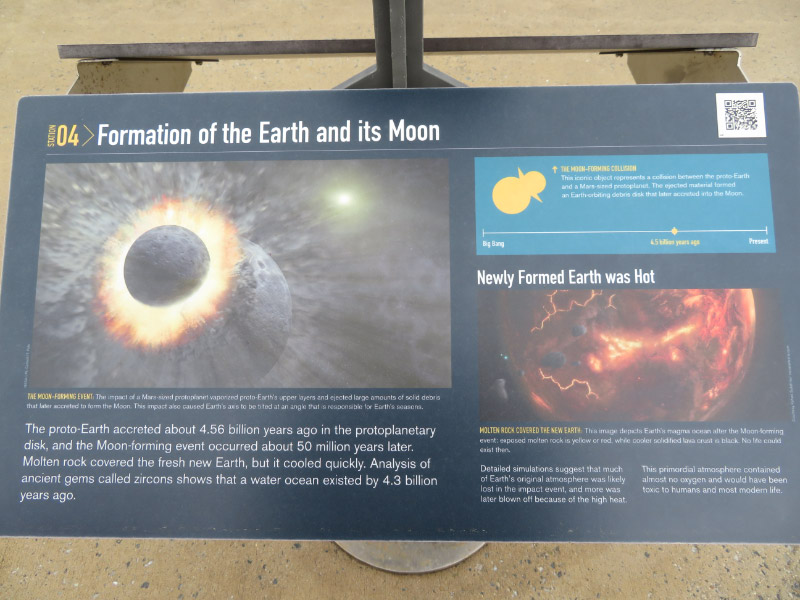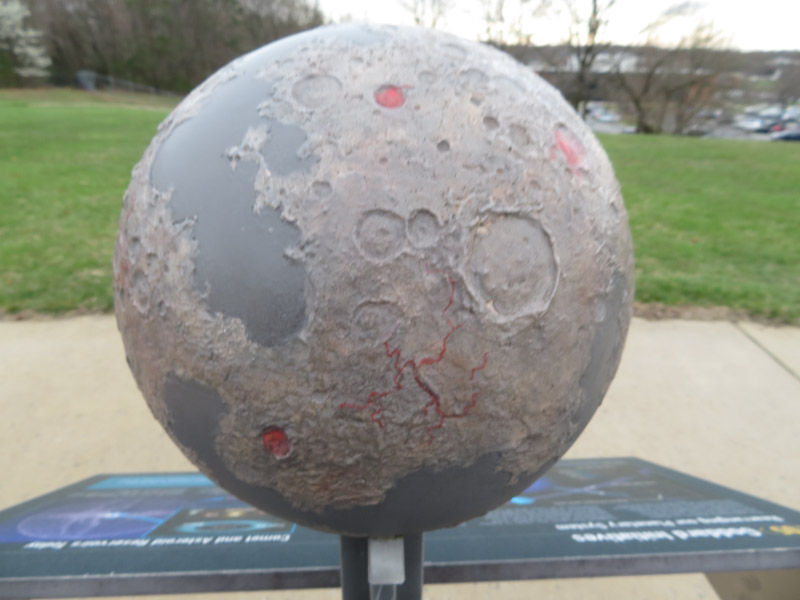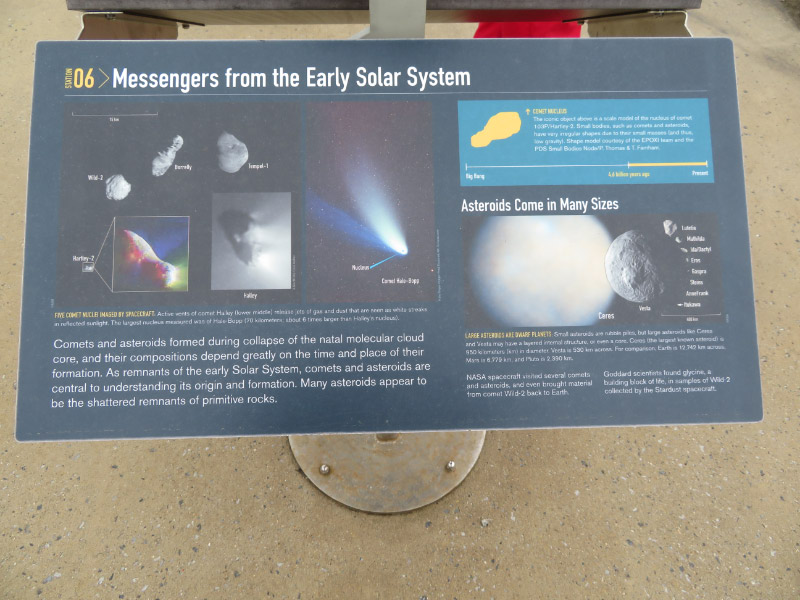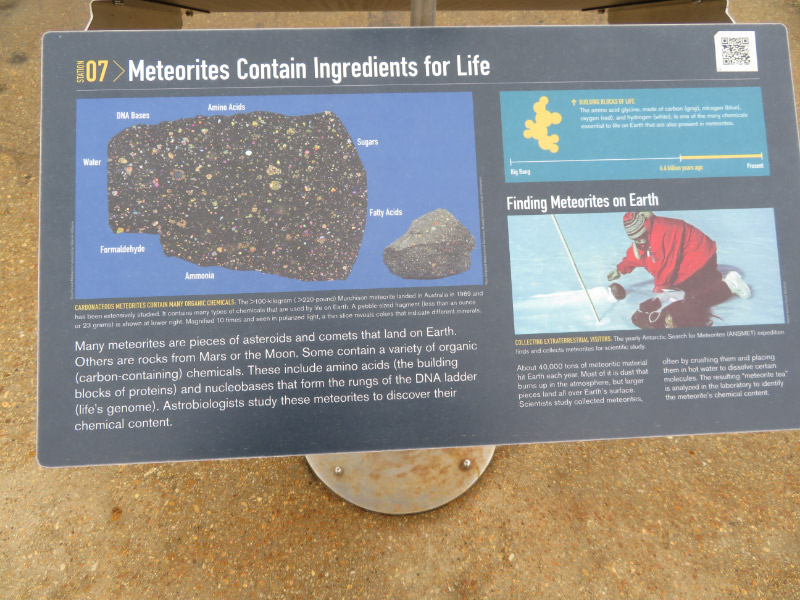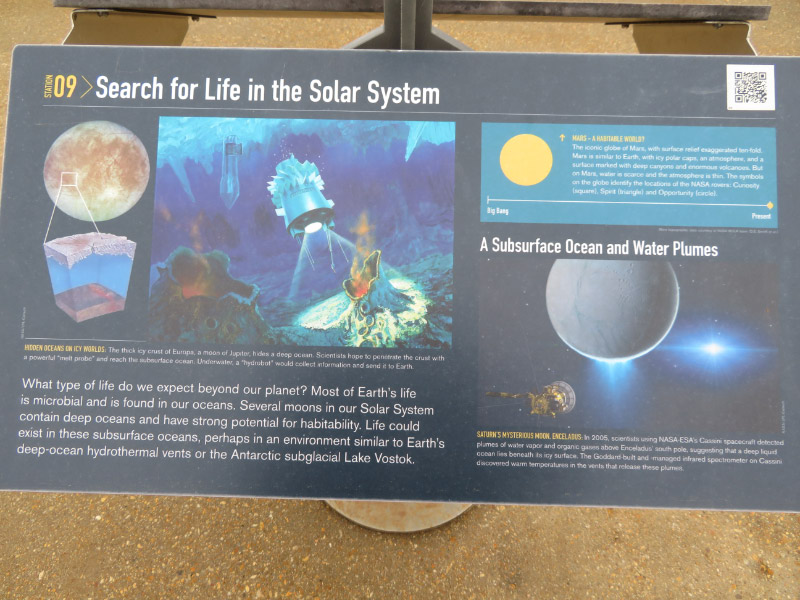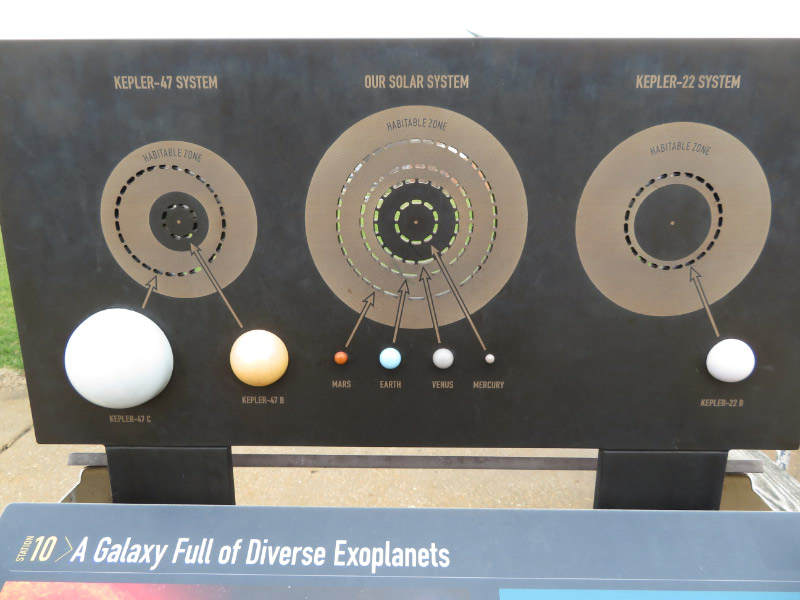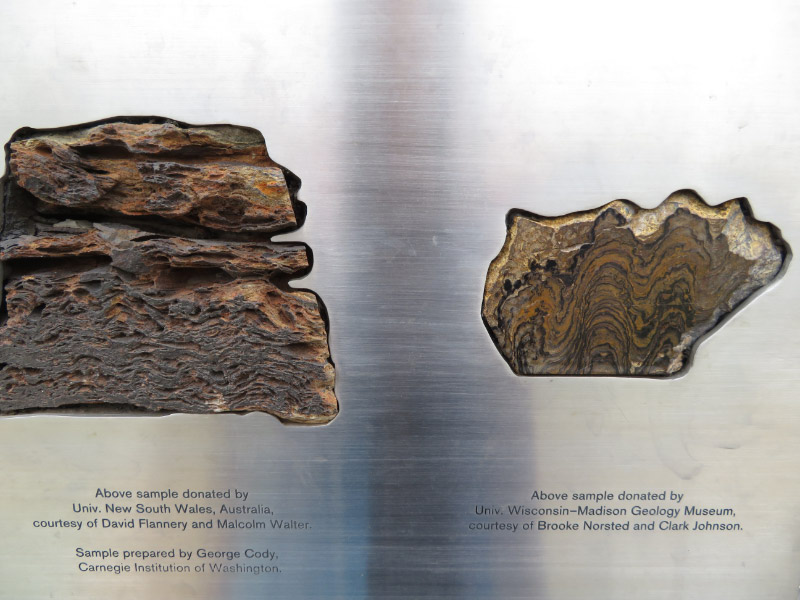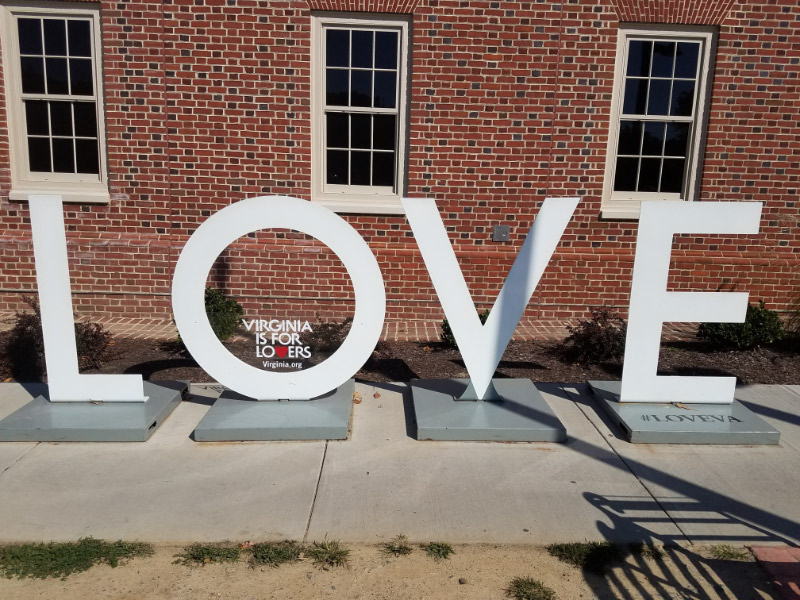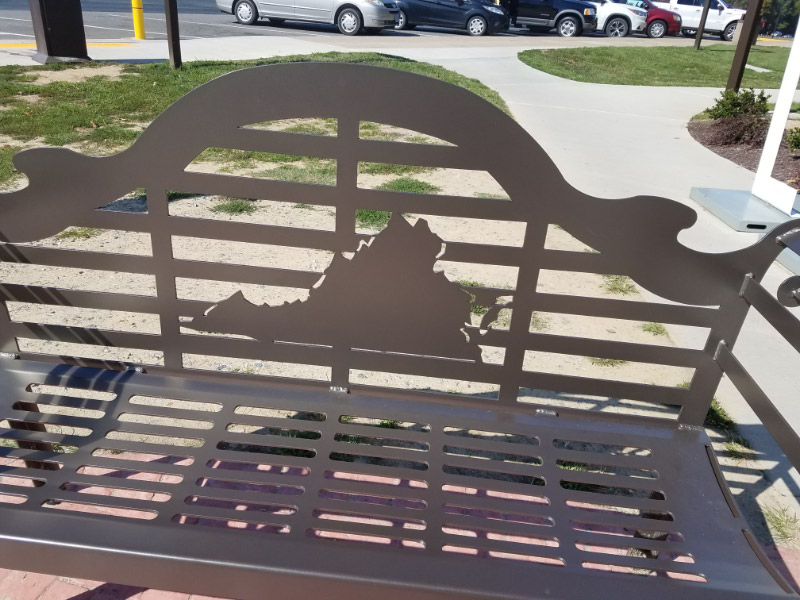Gleanings of the Week Ending June 14, 2025
/The items below were ‘the cream’ of the articles and websites I found this past week. Click on the light green text to look at the article.
Millions of new solar system objects to be found and 'filmed in technicolor' -- studies predict – The era C. Rubin Observatory ‘first look’ event is June 23! It is located on Cerro Pachon ridge in northern Chile. I found myself wondering how the deep funding cuts in the US will impact the facility and the scientists involved.
How electric scooters are driving China's salt battery push - Even as the rest of the world tries to close its gap with China in the race to make cheap, safe and efficient lithium-ion batteries, Chinese companies have already taken a head-start towards mass producing sodium-ion batteries, an alternative that could help the industry reduce its dependence on key raw minerals. A bigger market for sodium-ion batteries may be energy storage stations, which absorb power produced at one time so it can be used later.
Dead End: Nine Highways Ready for Retirement - This year’s nominees include Austin’s Interstate 35, which exacerbated segregation in the urban core when it was built in 1962, replacing a once-vibrant boulevard that served as a community gathering space.
The Overlooked Biodiversity of Appalachian Caves – Many of these creatures would be on the list for Missouri caves as well!
A Bauhaus-Trained Artist Wove Tapestries in the Woods for Decades. Now, Her Legacy Comes into Focus – I enjoyed the art and the biography of the artist!
Unique Silla Kingdom Crown Was Decorated with Insect Wings – Found in South Korea in a 1,400-year-old grave…a gilt-bronze crown decorated with a series of heart-shaped indentations that had been delicately inlaid with the colorful wings of the jewel beetle, some of which remained in situ after almost a millennium and a half.
Tea, berries, dark chocolate and apples could lead to a longer life span - Increasing the diversity of flavonoids within your diet could help prevent the development of health conditions such as type 2 diabetes, cardiovascular disease (CVD), cancer and neurological disease.
Experts Think the Hagia Sophia Is in Danger. They’ve Got a Plan to Protect It from Earthquakes - In light of recent earthquakes in Turkey, experts fear the 1,500-year-old mosque is structurally vulnerable, and the Turkish government has ordered a renovation. A team of government-appointed engineers, architects and art historians will begin by stripping a layer of lead that covers the main dome and looking for ways to strengthen the connections between it and the semi-domes. They’ll also look for ways to improve the main pillars and subterranean supports. Experts are also hoping that the work may reveal older murals from previous periods in the Hagia Sophia’s layered history.
Secrets of the Gobi Wall Revealed - Snaking for 200 miles across the inhospitable terrain of southern Mongolia, the so-called Gobi Wall is the least studied section of a system of medieval fortifications that once extended from China into Mongolia. The wall was primarily constructed from rammed earth, stone, and wood during the Xi Xia period (AD 1038-1227), a dynasty ruled by the Tungut tribes of western China and southern Mongolia. It was much more than a purely defensive mechanism built to repel invasions, but that it also served to regulate trade and manage frontier movements.
Why climbing the stairs can be good for your body and brain - Climbing stairs has been found to improve balance and reduce the risk of falling for older people and improve their lower body strength. Other studies also find that climbing a couple of flights of stairs can positively affect our cognitive abilities such as problem-solving, memory, and potentially creative thinking. As a "low impact" form of exercise, even short bursts of stair climbing can help improve cardiorespiratory fitness and reduce the risk of cardiovascular disease.










